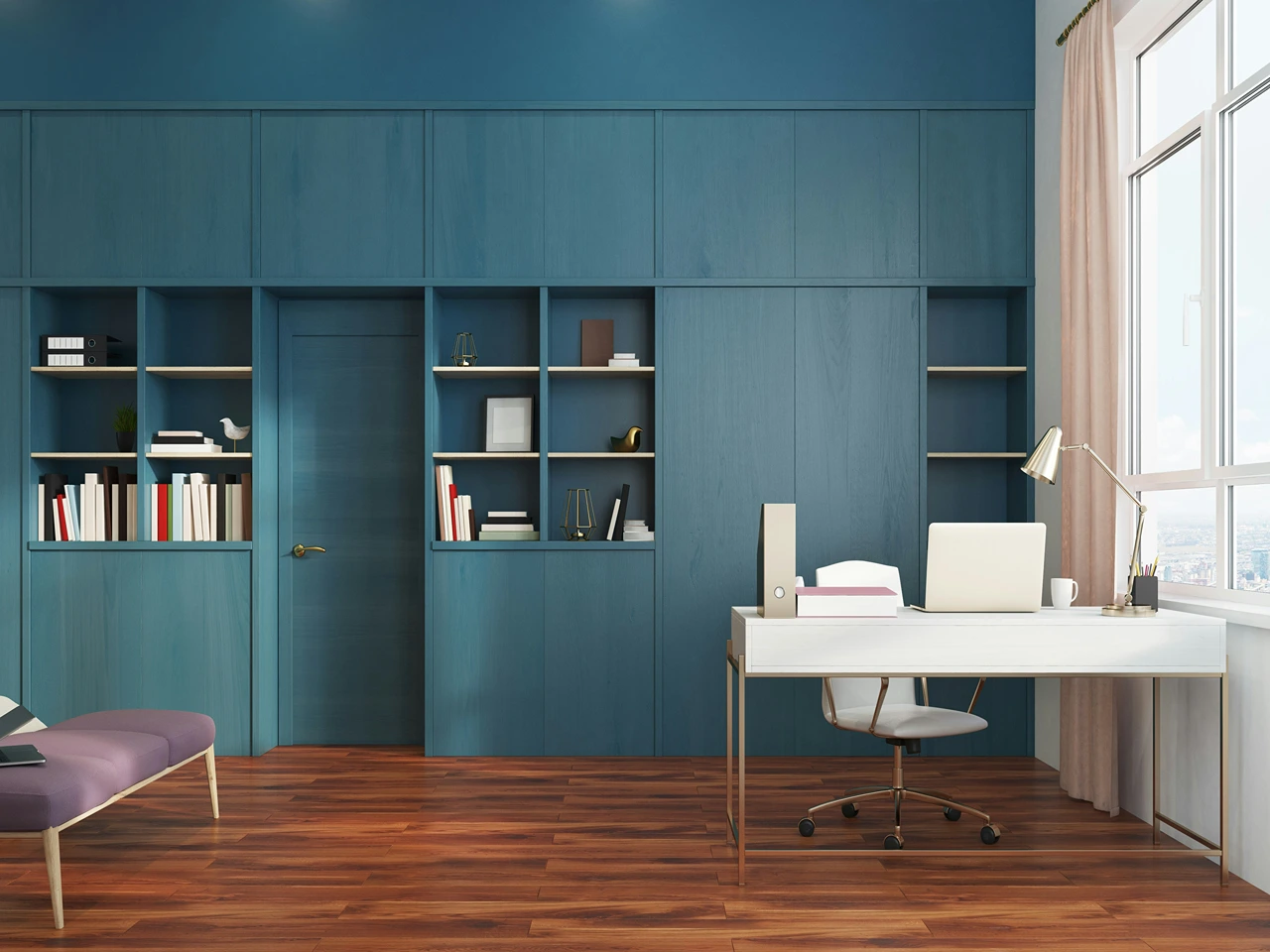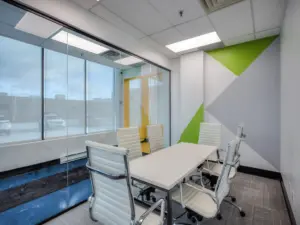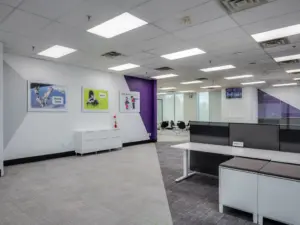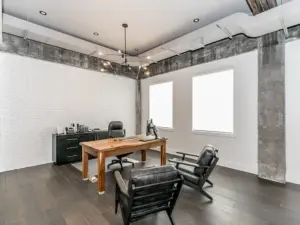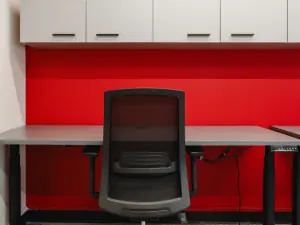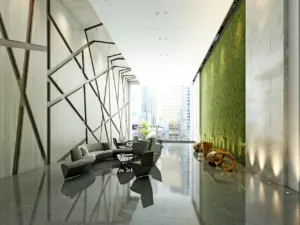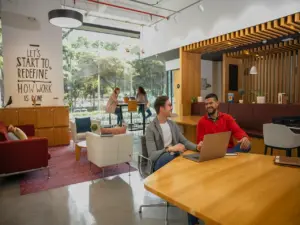Office design has evolved beyond basic desks and chairs. Today’s workstations are designed to enhance productivity, promote well-being, and adapt to the ever-changing needs of modern workplaces. From flexible seating arrangements to smart technology integration, innovative office workstation solutions are reshaping how people work. Here are some standout approaches that are transforming commercial office design.
Acoustic Work Pods: A Quiet Oasis in a Busy Office
Open-plan offices offer collaboration and flexibility, but they often lack quiet spaces for focused work. Acoustic work pods provide a practical solution, offering self-contained, soundproof environments where employees can take calls, hold virtual meetings, or concentrate without distractions. These pods blend seamlessly into office layouts, providing a sleek and modern alternative to traditional cubicles while enhancing productivity.
Height-Adjustable Workstations for Health and Comfort
The shift toward ergonomic office design has led to the rise of height-adjustable workstations. Sit-stand desks, featuring programmable presets, allow employees to switch between sitting and standing throughout the day, reducing strain and encouraging movement. This simple yet effective solution supports employee well-being while boosting energy levels and productivity.
Modular Desking Systems: Designed for Flexibility
Offices need to be adaptable, and modular desking systems make it easy to reconfigure workspaces based on team needs. These setups feature movable panels, shared storage, and mobile desks that can be adjusted to accommodate different tasks. Whether fostering collaboration or creating focused work zones, modular desking systems provide a customizable approach that evolves with business demands.
Integrated Tech Desks for a Seamless Experience
Technology is at the core of modern office design, and integrated tech desks take this to the next level. With built-in wireless charging, concealed cable management, and smart lighting that adjusts based on the time of day or user preferences, these workstations create a seamless experience that enhances efficiency and minimizes distractions.
Biophilic Workstations: Bringing Nature Indoors
Incorporating nature into office workstations isn’t just about aesthetics—it’s about improving air quality, reducing stress, and enhancing overall well-being. Biophilic workstations integrate greenery directly into desk designs with built-in planters, living moss panels, or natural wood elements. These features create a refreshing work environment while promoting a sense of connection to nature.
Co-Working Bench Systems: Balancing Collaboration and Privacy
For workplaces that thrive on collaboration, co-working bench systems provide a smart balance between open spaces and personal work areas. Long communal tables with privacy screens and integrated power sources enable teams to work side by side while still maintaining focus. These solutions encourage interaction while offering functional boundaries for concentration.
Dynamic Shared Spaces: Workstations That Move with You
Not every employee needs a permanent desk. Dynamic shared spaces allow individuals to choose where they work each day based on their tasks. From focused workstations to casual lounges, these setups offer a variety of environments tailored to different work styles, making offices more versatile and engaging.
Creating the Future of Workstations
Office workstations are no longer just about function—they’re about fostering an environment that enhances efficiency, creativity, and employee well-being. By integrating smart technology, flexible design, and ergonomic principles, modern workplaces can provide solutions that meet the demands of today’s workforce. As businesses continue to evolve, investing in innovative workstation solutions will be key to creating productive and inspiring work environments.
Frequently Asked Questions (FAQ):
What is the most important factor in office interior design?
The most important factor in office interior design is functionality. A well-designed office should optimize space, improve workflow, and enhance employee comfort while reflecting the company’s brand and culture.
How can office design improve productivity?
Office design impacts productivity by reducing distractions, improving ergonomics, and fostering collaboration. Thoughtful zoning, sound management, and proper lighting all contribute to a more efficient work environment.
How do I choose the right interior designer for my office space?
Look for a designer with experience in commercial office spaces, a strong portfolio, and an understanding of your business needs. A professional designer should be able to create a customized plan that aligns with your company’s goals and culture.
